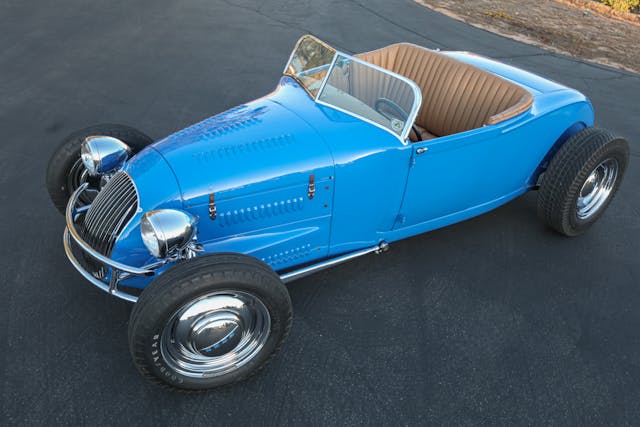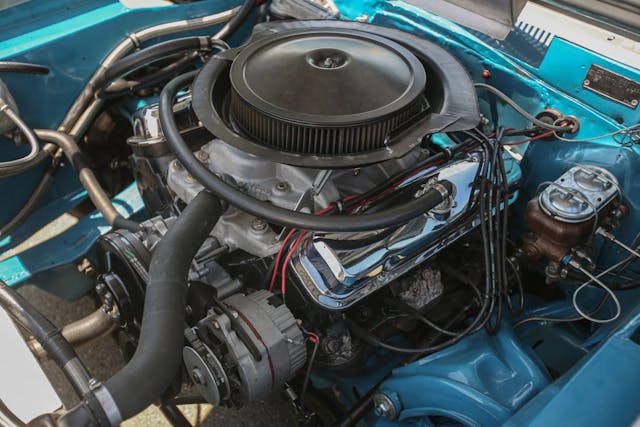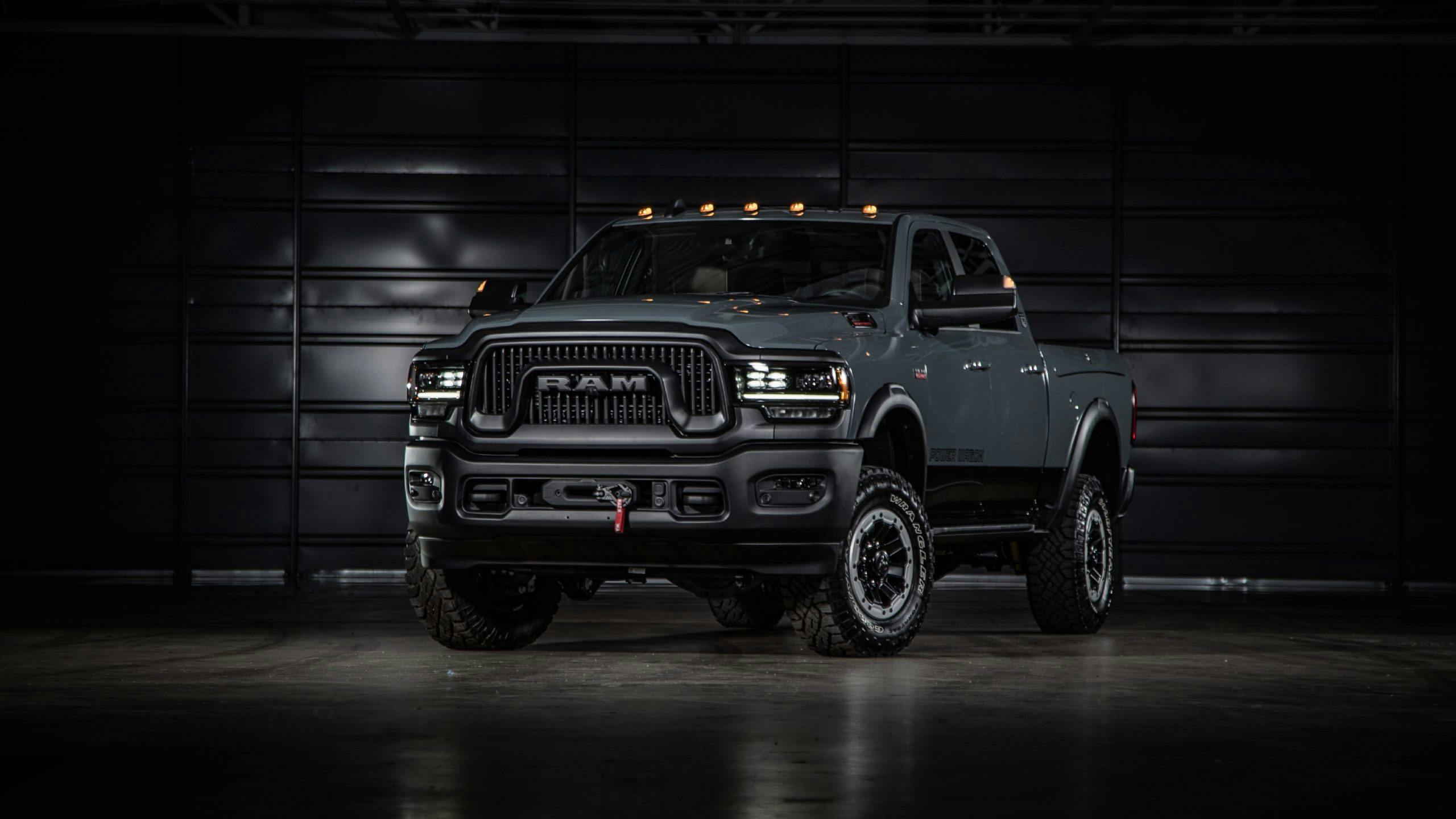4 car terms misused by almost everyone
Automotive enthusiasm has its own glossary. Many of the terms mean something different from one niche of the culture to another, but some have well-established definitions. Below are four of my biggest pet peeves in car nomenclature.
Some argue that because language is always changing, every word acquires a new meaning over time. That’s true, but only if we let them—and why fix what isn’t broken?

1. “Roadster”
The slow evolution of the term roadster is one that I’ll have to accept, but there’s a bar for entry—a point at which a car is simply not a roadster.
A century ago, “roadster” meant a two-seat, topless car with minimal weather protection. A Ford Model A roadster doesn’t have glass side windows, while a Model A cabriolet does. By the 1950s, the word’s meaning had been nudged a little—European sports cars with fabric side curtains and tops were still called roadsters, because their weather gear didn’t do much.
Later, the term evolved into a way to differentiate between sporty, two-seat convertibles and larger, more luxurious four-seat convertibles. That makes for a blurry line, of course. The Porsche 718 Boxster is a roadster, a 5000-pound, four-seat Bentley Continental GTC is not, and there’s plenty of room between the two for debate.
The upcoming Tesla Roadster, with its four seats and its fixed rear roof, is not a roadster by any definition, past or present. What’s so bad about admitting that a car is a targa-top?

2. “Big-block” Pontiac
Spend enough time searching classified ads, you’ll inevitably come across a car powered by a “Pontiac big-block.” There is no Pontiac big-block.
Pontiac unveiled its first V-8 in 1955. For nearly 30 years, until the division replaced its house V-8 with a version of GM’s “corporate” Chevy small-block, there was only one Pontiac V-8 architecture. From 265 cubic inches all the way to 455, Pontiac used just one bore spacing (the distance from the center of one cylinder bore to the center of the adjacent bore in the same bank). The 5.0-liter used in early Trans-Am racing (above) has the same external dimensions as a 455.
(Before anyone mentions it, Big Chief cylinder heads bolted onto a Chevy big-block bottom end don’t make the engine a Pontiac big-block.)
Oldsmobile is the same way, with identical bore spacing in everything from the 303 Rocket to the monster 455. Olds fans like to differentiate between small- and big-block engines based on deck height—the distance from crankshaft center to cylinder top—but that’s not what makes a big-block in my book. Tall-deck Chevy LSX engines are still small-blocks, after all.
With Olds and Pontiac, it seems the confusion comes from the fans themselves—each brand is now dead, and neither used the “small-block” or “big-block” nomenclature in any official capacity.

3. “Heat Soak”
When the C7 Corvette Z06 debuted for 2015, road-racing netizens were quick to assault its supercharged, 650-hp LT4 V-8. They were certain that a naturally aspirated V-8 was the proper choice for a track-focused Corvette.
They had a point, at least for a bit. The initial version of the cooling system in that Z06 wasn’t up to the task of keeping intake air cool for prolonged track sessions at high ambient temperatures. The result was reduced performance. For 2017, Chevrolet remedied the problem with a new cooling system and a supercharger lid with an improved charge cooler. (The latter part also found its way onto later applications of that engine, including the sixth-gen Camaro ZL1.)
Plenty of outlets said those early Z06s were experiencing “heat soak.” They weren’t. The engines in those cars simply produced more heat than the cooling system could deal with. “Heat soak” is what happens when an engine’s cooling system rises in temperature after you shut it off. When the water pump is no longer pumping coolant through the radiator, because that pump only runs when the engine is running.
Park a hot car, fresh off the track, and turn off the engine—coolant temps will continue to climb. If an engine is still running and still pushing coolant through its radiator, but it can’t keep everything happy enough to produce the quoted factory power? We already have a term for that: overheating.

4. “Widebody”
I’ve saved my most pedantic pet peeve for last. Fender flares don’t make a car a widebody.
Blame Dodge for legitimizing this. The picture above is a “widebody” Challenger. The car is also offered in a standard “narrow” configuration, without the fender flares.
If the fenders and quarter panels on the “narrow” and “widebody” versions of a car are the same, something doesn’t add up. Let’s use a Mopar cousin as an example: You could call the Ram TRX (below, left) a widebody, sure. The body is substantially different from that of the base Ram. But the Power Wagon? I don’t think so.
Many of you probably disagree with these silly opinions. I’d love to hear your own car-language pet peeves—share them in the comments! (Just don’t expect to change my mind.)
***
Check out the Hagerty Media homepage so you don’t miss a single story, or better yet, bookmark it. To get our best stories delivered right to your inbox, subscribe to our newsletters.





As someone who worked for a glass manufacturer, the use of the term “Rear Windshield” instead of the correct term “Backlite” always drove me crazy. There is only one windshield and it certainly isn’t on the back of the car.
Somewhat limited relevance with the pet-peeves listed. Haven’t heard anyone complain about heat soak in a car newer than 1975 so the 2017 Vette example seems like a one-off you may have heard. Wide body seems valid, although whether the fender flares are incorporated into the body panel, or attached, if the purpose is to accommodate a wider axle/wheel track then either seems appropriate. Roadster? No roll up windows, then it’s a roadster. Big block “Pontiac”? Too brand specific a peeve to warrant discussion. What makes any Big Block a Big Block is the question.
When I read this article, I cringed because we all have our own set of these completely personal, pointless, nerdy, non-essential issues we like to argue about. When I hear those from others that I don’t have any particular concern with, I realize how silly I must sound when I passionately espouse my own; “replica” vs “kit car”, “bimmer” vs “beemer”, “porsch” vs “porsche”, etc. It really doesn’t matter. But don’t you dare try to call a unibody, open bed vehicle (like a Honda Ridgeline, Ford Maverick (2022) or Hyundai Santa Cruz, etc) a truck. Them’s fightin’ words Mister!
A motor uses an external power source ie electricity or hydraulic pressure or pneumatic pressure. An internal combustion engine creates its own heat energy internally with some form of fuel. A motor vehicle motors along with the remote power from an internal combustion engine or an electric motor. There must be some Airforce guys out there, Jet Motor? I don’t think so.
I disagree about the widebody term (in regards to Challenger)……you stated they use the same quarters and fenders as a narrow body, they dont…..the fenders and quarters both have physical cutouts , and cooresponding “bubble brackets” spot welded into the fenders and Quarters. these bubble brackets allow the “widebody only” 11 inch wheels to be mounted and properly girated thru their motions, without contacting the body. the fender flares, (in factory cases) are in place to HIDE the ugly “bump-outs” or “bubble brackets” the widebody is in fact 3.5 inches wider with 305 tires on 11 inch rims , and specially tuned to the active suspension. versus narrow body being 3 1/2″ narrower with 275 tires on 10″ rims, and NOT tuned for a wider tire. now some guys add a tape on kit from Vicrez, to mimic a factory widebody…..those cars are Not widebodies, they are narrow bodies with sticker kits. Direct Connection, will install all the factory pieces including cutout and weld in bubble brackets, to your narrow body making a true Widebody, albeit…not From the Factory, but no different than a Nicky Chevrolet.
Dodge Does in fact make a Widebody, and a different Narrow body
How about when people refer to a gasoline powered internal combustion engine as a motor?
A motor is electric.
An ICE is an engine.
I’ve never been exactly sure what makes an engine a big block, so I’ll take your word on the Pontiac big block issue. These all seem like legitimate gripes to me.🙂
…and… while not a COMMONLY abused term, “Knock Offs” on Brit cars are properly called “KNOCK ONs” in the British Isles… only in “The Colonies” do we call them “Knock Offs”
Big Block 348/409 Chevy`s is a term sets me off ! The 348/409 were “W” blocks NOT BIG BLOCKS !! There is very little cross parts from the “W” block to the Big block ! Crank is one of them and other then that NOTHING in the design is a Big Block !
…and the 348/409 blocks are not W-blocks, but they do have W rocker covers.
The biggest automotive term I see as misunderstood is “Numbers Matching”
I always knew that term to be engine, transmission & rear end. Some folks consider numbers matching having a date correct engine that has been re stamped. What is acceptable ? Thoughts??
The second term is “Muscle Car” – this is really a debated topic. I see it as a mid size car with a big engine and 4-5 seats. This would mean the AMX, Corvette & Cobra’s are not muscle cars as they are 2-seaters – they are sports cars!
Thoughts on that one.
Some cars–especially prior to the current endless digit VINs–have identical VIN and engine numbers from the factory. So in those cases, “numbers matching” actually means that, indicating that the vehicle still has its original engine…
People confuse “limited slip”, “sure grip” , and “positraction”, all the time.
Sure Grip and Positraction are copyrighted brand names. Limited slip is generic.
My pet peeve for mis-used terms or a car name is about the Chevrolet Chevy II up to the 1969 model year being universally called a “Nova”. There were indeed models of the Chevy II ‘badged’ Nova. However, the tag “Nova” was finally made official by the Chevrolet Division of General Motors with the 1969 model year when the car name was changed to Nova (why fight it!). Calling every Chevy II up to 1969 a Nova is akin to calling every Chevelle a Malibu!
Can you clear up the definition of a “coupe”
“Coupe” comes from coupe’ (koo-pay) , the French word for “cut”. It has a shortened roofline (“cut off:) and hence only two doors compared to the “sedan”. In fact, if you listen to old radio shows or movies from the 1930’s, they will sometimes use the old style French pronunciation.
In the movie, “Bonnie and Clyde,” their driver (good old whatshisname) pronounced it koo-pay.
Calling an engine a motor
Maybe somebody already noted? Coil overs vs McPherson struts
Let me toss this one out there for discussion. Oil galley or oil gallery? Which is correct?